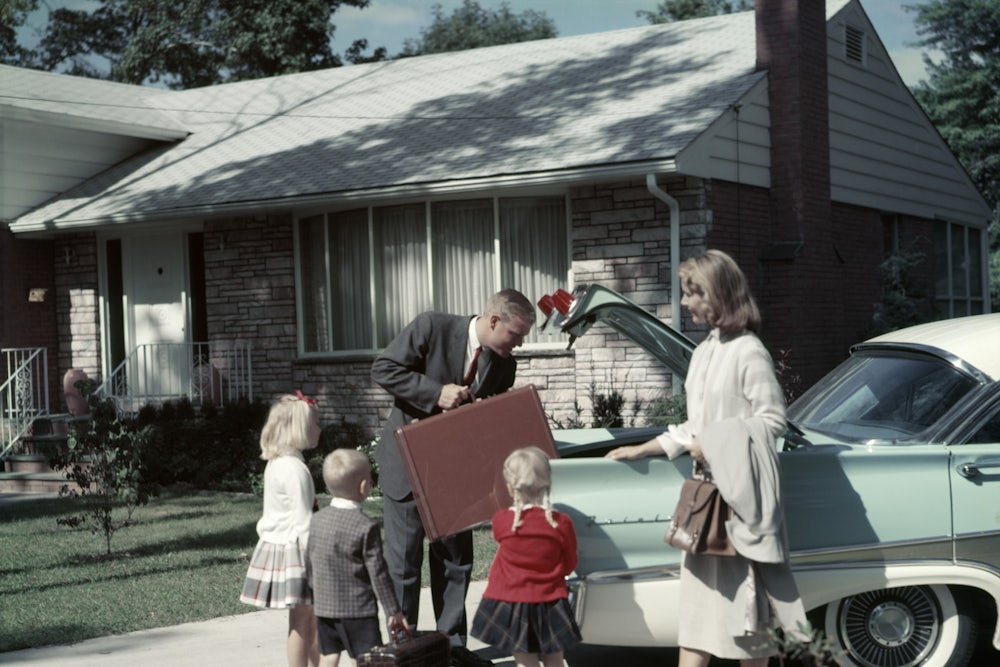Every politician defends the middle class, but none of them knows quite what it is. In August, during a town hall, Joe Biden said, “We have to rebuild the middle class, and this time we bring everyone along.” In his telling, the middle class is part memory and part aspiration, less a demographic group than a morality tale of loss and redemption. It “isn’t a number,” Biden is fond of saying. “It’s a set of values.”
For many social scientists, though, the middle class is a matter of numbers. The Pew Research Center says that anyone who earns between a mere two-thirds of the median household income and twice that amount falls within it. By that definition, just under half of all American adults are middle class. Unlike in Britain, where the category is seen as more culturally refined, the American middle class includes blue-collar workers whose consumption patterns fit the bill; they can buy a home or put their kids through college. Biden defines the middle class even more expansively. To be middle class, he said in Iowa this summer, is to know “that your kid is safe going outside to play”—something most humans, if not most large primates, would agree they want. To be middle class is to be, well, normal.
Republicans, for their part, rarely promise to rebuild the middle class; they want, as President Trump has said, to make it “bigger and more prosperous than ever before.” But liberal politicians from Biden to Barack Obama to Elizabeth Warren often vow to restore the middle class to the former glory of the three decades after World War II—a time when, they say, prosperity was shared and class conflict neutralized.
Even then, however, there was a sense that the middle class was in crisis. In his 1956 best-seller, The Organization Man, William Whyte wrote of a middle class—an implicitly white middle class—trapped in suburbs and office jobs, shorn of the entrepreneurial individualism and wartime solidarity of earlier generations. In 1969, a New York Times reporter found in Italian-American Queens a community trapped between escalating grocery bills and the expanding “ghetto.” In 1977, the middle class was “struggling uphill,” the Chicago Tribune wrote. In 1992, it felt “betrayed” and “forgotten,” according to the Times. And since 2008, Times subscribers have read of a middle class that is “sagging,” “shrinking,” “sinking,” and “limping.” In short, the middle class, as our politicians imagine it, has never really existed: It is always in decline, always on the brink of being rebuilt.
To imagine the middle class, then, is to invoke a myth. Politicians use it to bind Americans together in a shared hope that they can one day return to the lost idyll of the postwar period. In that sense, the concept is remarkably optimistic, if somewhat inconsistent. As Lawrence Samuel argues in The American Middle Class: A Cultural History, the term expresses two incompatible things: It suggests that the United States is a classless society in which most citizens belong to the same social sphere, even as it hints at a rarefied class above the middle that anyone can reach if they work hard enough to ascend the ladder of opportunity. These can’t both be true—if the United States were a classless society, there would be no need for upward mobility. The metaphor gives the lie to the myth. Every ladder, after all, has a top and a bottom—and it’s the bottom that bears all the weight.
